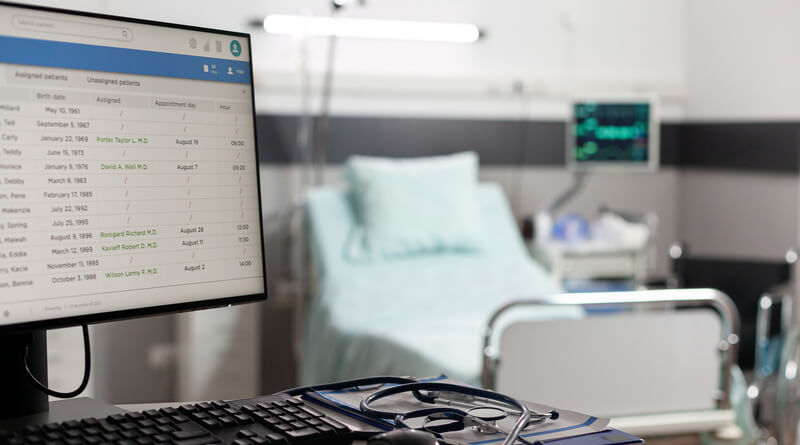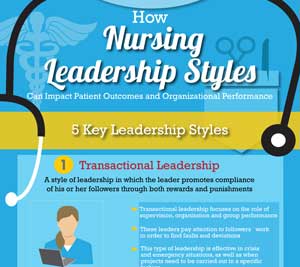Measuring and Assessing Safety at a Senior Living Facility

The following guest post was submitted by Daniel Lofaso
Safety is the primary concern when looking for a senior living community for your loved one. With today’s technology, it would seem easy enough to find security in residential settings, however additional factors should also be considered to ensure your loved one is safe. Visit and tour potential communities and facilities, and consider some of the following safety elements:

Checking safety levels at senior living facilities is important to ensure loved ones are protected.
Staff style. Try to get a feel for the personality and style of the team behind the senior community. Engage staff to determine if they seem capable of handling day-to-day operations, but also how they might respond in an emergency situation, should one arise.
Level of training. While training may not be an issue in an independent living situation, you will want to find a setting with skilled nurses on staff for a residential or assisted living lifestyle. Make sure that there are team members with experience working with an older population, which may contribute to more comprehensive care, increased engagement, and activities that focus on this particular demographic.
Size of Staff. There are mandates set by the Assisted Living Federation of America (ALFA) that dictate the staff-resident ratio in assisted living residences. Typically, senior communities employ more administrative staff than medical or direct-care team members, due to the independent nature of these settings. Perhaps the best solution is a marriage of modalities, such as a step-down senior community that offers both independent living options and skilled-nursing facilities at the same site or on adjacent properties.
Security. You can’t be too vigilant when it comes to security, and most senior living communities are well-equipped to provide safety and peace-of-mind to their residents. When visiting or touring potential living situations, look for cameras, security guards, and protection against potential intruders or predators. A gated community may be the most secure, and could help to keep unwanted visitors, solicitors, or trespassers at bay.
Step-down Systems. When checking out potential living options, consider asking for step-down systems that provide a continuum of care throughout the senior’s lifespan. This could be a residence that offers both independent housing, with assisted care and skilled nursing on the same property, or nearby, to accommodate the resident in the event that they need more intensive care during their tenancy. This can be a great comfort to those living there, as they won’t ever have to face the worrisome prospect of moving again due to illness or injury.
Access to equipment. Based on the senior’s current health and needs, it is integral to find a living situation with access to on-site medical equipment. Devices such as a defibrillator, EDG machine, and oxygen tanks are important in the event of a medical emergency; depending on existing medical conditions, it might also be wise to choose a senior community with access to stress-test machines, sterilizing and diagnostic imaging equipment, too. Ask staff during visits to area residential facilities for more information regarding what equipment is on-site in case it is imminently needed.
Distance from EMS. The most prudent housing solution for any senior is within close proximity to emergency medical services (EMS), should it be needed. Also, be sure that there are some transportation services nearby to assist residents in getting the medical attention that they need promptly. This also makes it convenient to get to area medical appointments for those seeing providers off-site.
Amenities. Choosing a living situation with on-site amenity options can decrease risk of injury and incident. The convenience of on-site amenities can also contribute to the senior’s comfort level and feelings of independence, as they are able to make their own appointments and enjoy services, such as hair, nails, sports, dining, and leisure activities, without requiring the assistance or intervention of family members, friends, or others. This may also appeal to seniors that prefer the security of participation without worrying about getting off-site and transportation issues.
Ramps. Even if seniors don’t need ramps or assistance with mobility now, there is a comfort in knowing that the building has easy-access and handicap features to assist throughout the lifespan. This can parlay any concerns about moving or relocating should the senior experience future limitation, illness, or injury. There are distinct requirements in place regarding accessibility, and more information can be found through the Americans with Disabilities Act (ADA) and guidelines.
Dining options and meal service. Be sure that your senior has ready-access to groceries, meals, or dining options that will appeal to them. Furthermore, if there are specific dietary needs or allergy restrictions, let staff know about these requirements when visiting the site. Some senior communities may have a communal dining room option which can foster interaction and socialization among residents. This is a great way for new tenants to make friends and acquaintances in a safe, secure setting.
Safety comes down to more than mere locks on doors when it comes to a senior living situation. Assess and interview residential settings to determine the level of security, staffing, access, and features your potential dwelling has. Take a tour of facilities to find the best fit based on the senior’s needs and possible limitations, as well as those communities that will foster and encourage independence. Be sure to confirm and ask about the privacy policies of the community, to ensure that the confidentiality and autonomy of the senior is a priority.
Daniel Lofaso is the Community Outreach Manager for Lourdes Noreen Mckeen, a retirement and independent living facility in West Palm Beach, FL.








Leave a Reply
Want to join the discussion?Feel free to contribute!